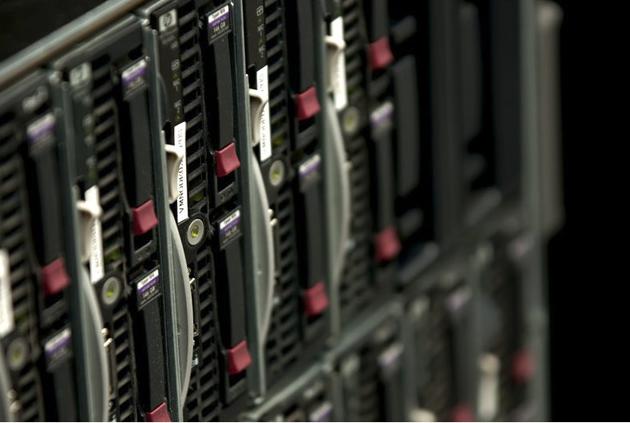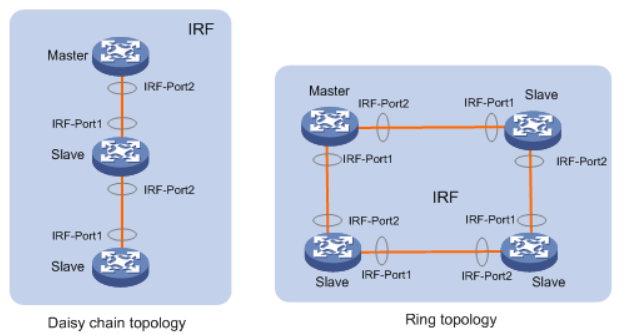Intelligent Resilient Framework - HP

It is a protocol available in most HP switches, especially the most powerful ones that allow us to see a set of these as a single.
It should be noted that this protocol was known in the beginning as XRN, developed by 3Com, but once this company passed into the hands of HP in 2010 it was renamed as it is currently known, IRF.
This protocol tells us about a Virtual Device IRF as a result of the virtual aggregation of physical devices, which it calls members. These members can play different roles within this virtual environment, specifically they can play the role of master, slave, or backup where the master will be responsible for the management of the virtual device. In the event that master fails, the system will choose one again from the role selection method (Priority> Longest Online Time> Smallest MAC) from most to least important for the election.
It is worth mentioning that the IRF protocol allows us to perform this virtual aggregation, although there are devices in between, they simply have to perform the function of a Relay Agent within the domain, in the same way it also allows us to perform the functions, automatically, of merge , in case we want to add two independent IRF domains and also partition, that is, just the opposite.
When talking about the ports of these devices, we can find two types: the logical IRF port, which is used to interconnect the physical devices and form the IRF link and the physical ports, which extend beyond the IRF domain , for example, for the connection of the final devices inside a leaf.
At the level of topologies we find two of classic, the Daisy chain and the ring topology:
Without delving much further to not extend too much, we can highlight all the advantages of this proprietary protocol and the reason for its success in the implementation of current data centers based on HP technology.
But, why want to apply IRF to a network? The answer is very simple, IRF offers us a series of characteristic advantages that help us to any design of a network:
- Increase density port: Having more than one physical device for a single logical one we will see this device with m1 +m2 + … + mn ports of the physical devices added
- Expand the processing capacity: IRF allows us to see all the components of the devices as one of only, therefore, the performance of the CPU is also increased within the IRF domain.
- Bandwidth improved: By adding the physical devices through IRF we get that the Uplink of them improves to the extent of the ports intended for this fact, in addition these Uplinks can be added to each other through other technologies such as VRRP (Layer 3) or MLAG (Layer 2).
- Network simplified: See n physical devices as one of logical allows us to greatly simplify the logical topology of this, getting a cleaner and understandable design.

